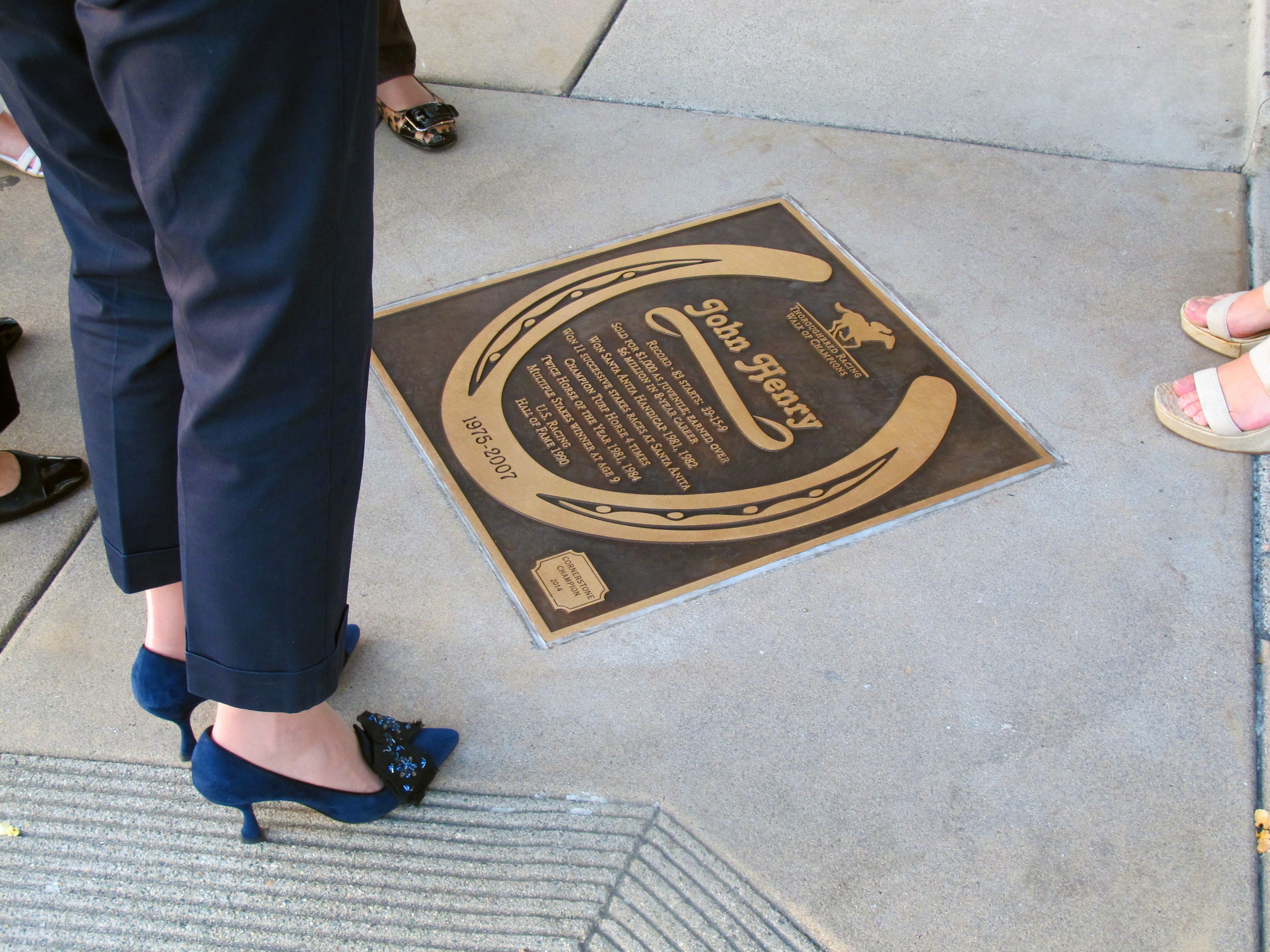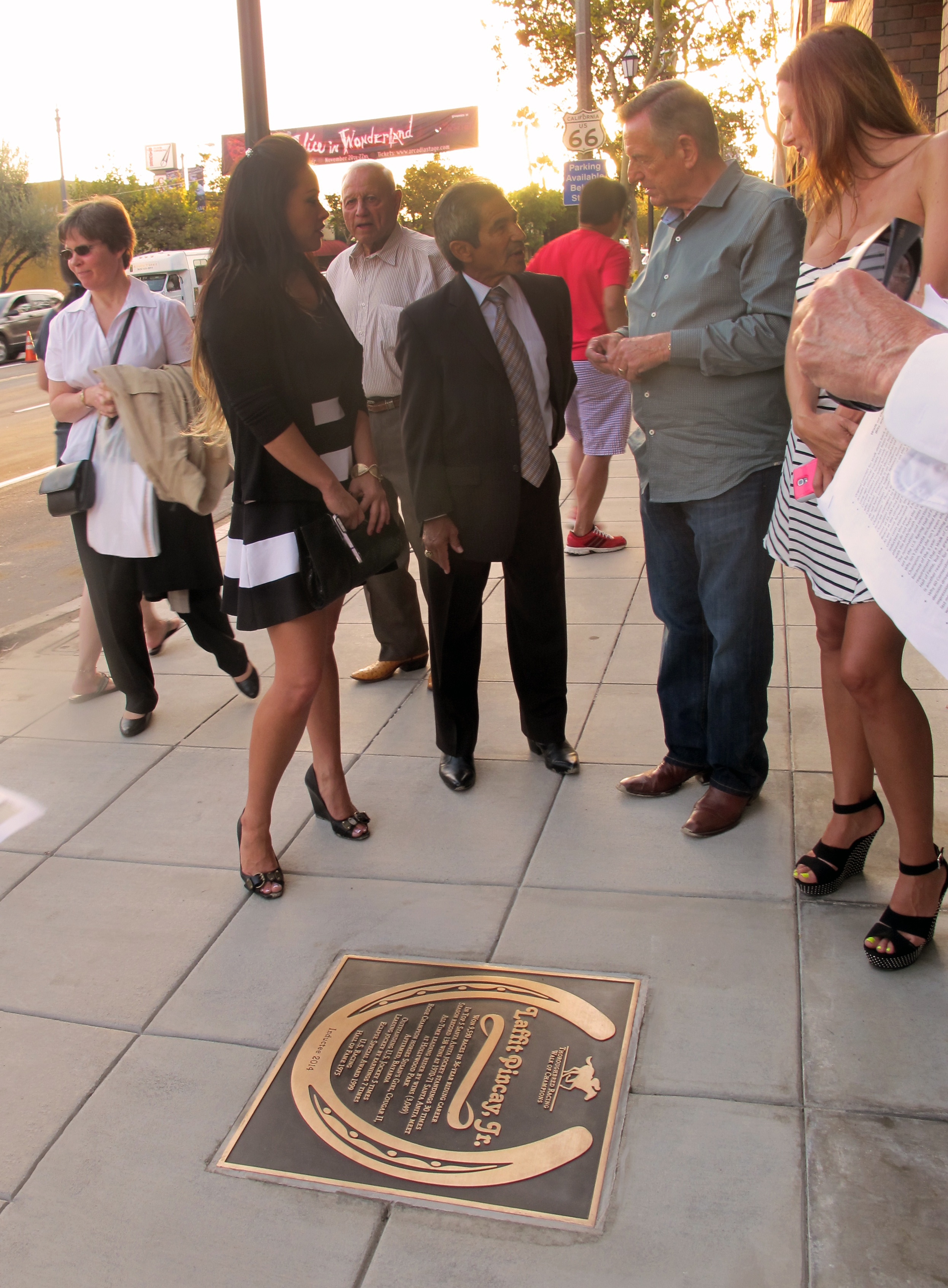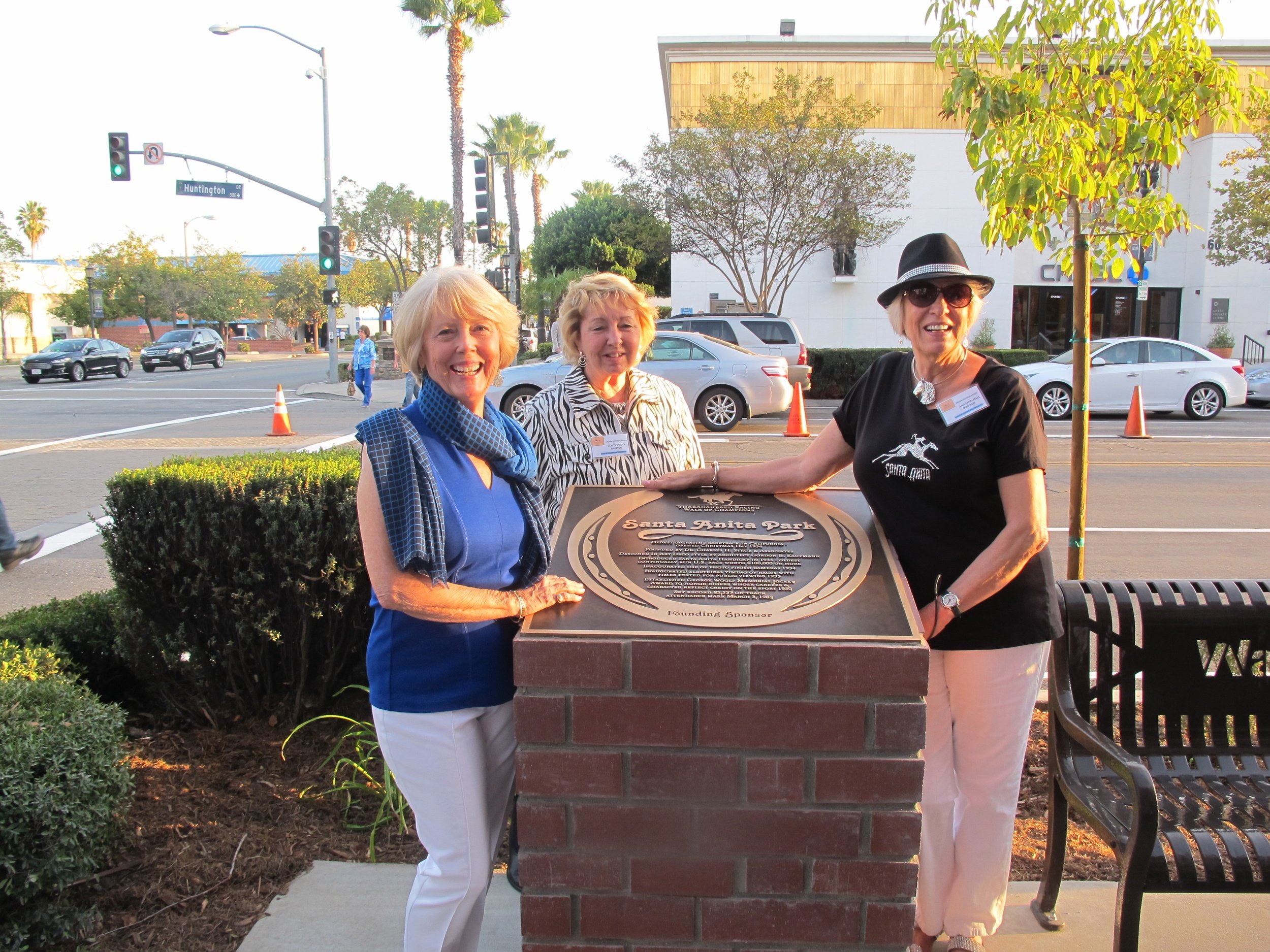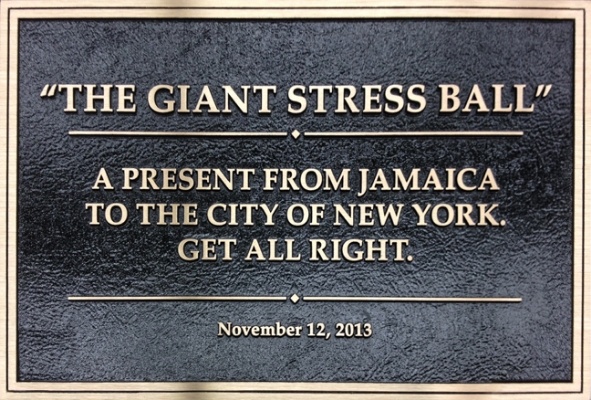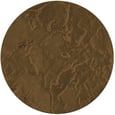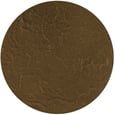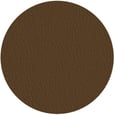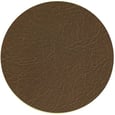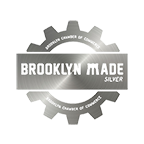The Renovation of Edgewood Shopping Center, 72" x 48" Cast Bronze Plaques
Masterwork Plaques was invited to create two large-scale commemorative plaques for the Edgewood Plaza Shopping Center, located in Palo Alto, CA, which were recently installed in May 2015. The shopping center was originally developed by the well-known real estate developer, Joseph Eichler, in the mid-1950’s. Over the past few years, the site has gone through restoration and redevelopment by Sand Hill Property Company. Our custom-designed bronze plaques include the original site plans created by Eichler and architect A. Quincy Jones in 1955, in addition to providing a brief history of Eichler’s well-known “California Modern” style.
 Image provided by Sand Hill Property Company and the Charles E. Young Research Library, UCLA.
Image provided by Sand Hill Property Company and the Charles E. Young Research Library, UCLA.
Joseph Eichler developed over 11,000 affordable houses in California, and is considered one of the most influential builders of his day. He was influenced by the styles of Frank Lloyd Wright and Mies van der Rohe, and even lived in a Frank Lloyd Wright house himself. His goal was to “bring the outside in” with floor to ceiling windows, patios and gardens. He incorporated these ideas into Edgewood Plaza, the only commercial property Eichler ever built. The original shopping center was considered a landmark for its suburban post-war design, and for this reason, the two custom bronze plaques were created.
 Edgewood Plaza: Cast Bronze Plaque (1 of 2)
Edgewood Plaza: Cast Bronze Plaque (1 of 2)
Our studio was able to recreate several of Eichler’s original site drawings and architectural plans in bronze. Taken from a scan from historic archives, the first plaque shows two different renderings created in the mid 1950’s (the third is a photograph from 2014). Our studio can depict historic renderings in two ways: either illustrated in flat-relief, or recreated as a photo-rendered image. The illustrated drawing spans across the bottom half of the first plaque. This drawing from A. Quincy Jones was originally rendered in a simple black and white style. We felt this style was important to keep alive when translated into bronze. The second image in the top left corner of the first plaque is rendered in a photographic style, because the original rendering was composed of complex shading, more like a photographic image. It is contrasted with a photo from the 2014 renovated site to its right. On the second plaque (shown below), the original illustrated plan view from the 1955 shopping center is shown contrasted against its 2014 renovated layout, giving us another before and after look at Edgewood Plaza, then and now.
 Edgewood Plaza: Cast Bronze Plaque (2 of 2)
Edgewood Plaza: Cast Bronze Plaque (2 of 2)
Masterwork Plaques has worked with many commercial properties in the past on projects ranging in complexity from building management plaques, to historic commemorations and landmark projects. For a bronze plaque project of this scope, “before and after” images both commemorate the original designs and welcome any changes to the newly renovated properties. The custom plaques also provide an opportunity for education and historic context for the casual passerby. For more information on historic landmark plaques and building management plaques, send us an email at masterworkplaques@gmail.com.
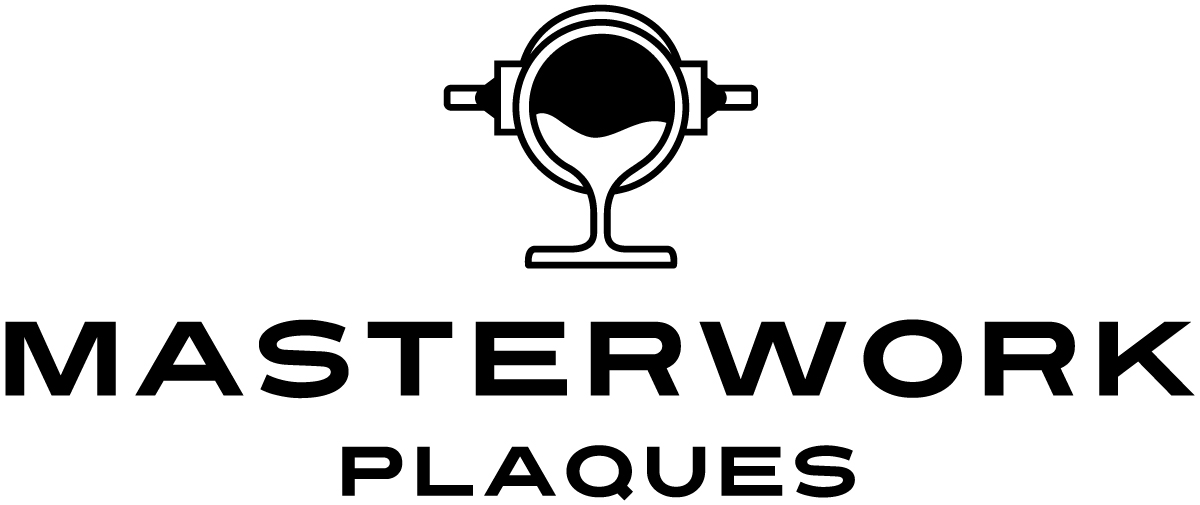
 2015 Replica of the original McGown's Pass plaque
2015 Replica of the original McGown's Pass plaque McGown's Pass site, Before and After; Black and white photo courtesy of the Central Park Conservancy.
McGown's Pass site, Before and After; Black and white photo courtesy of the Central Park Conservancy. Photo of the original plaque, courtesy of the Central Park Conservancy
Photo of the original plaque, courtesy of the Central Park Conservancy


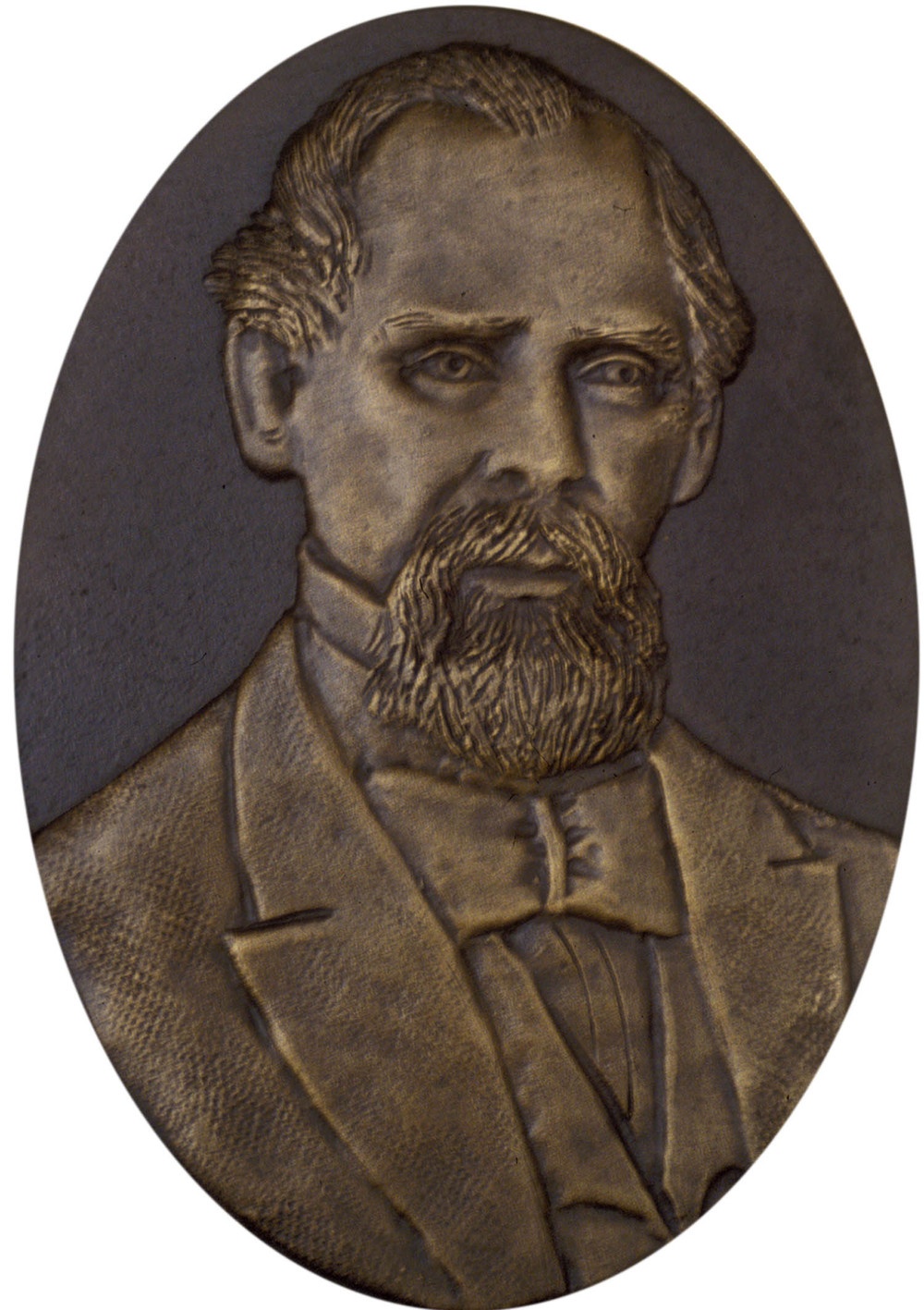
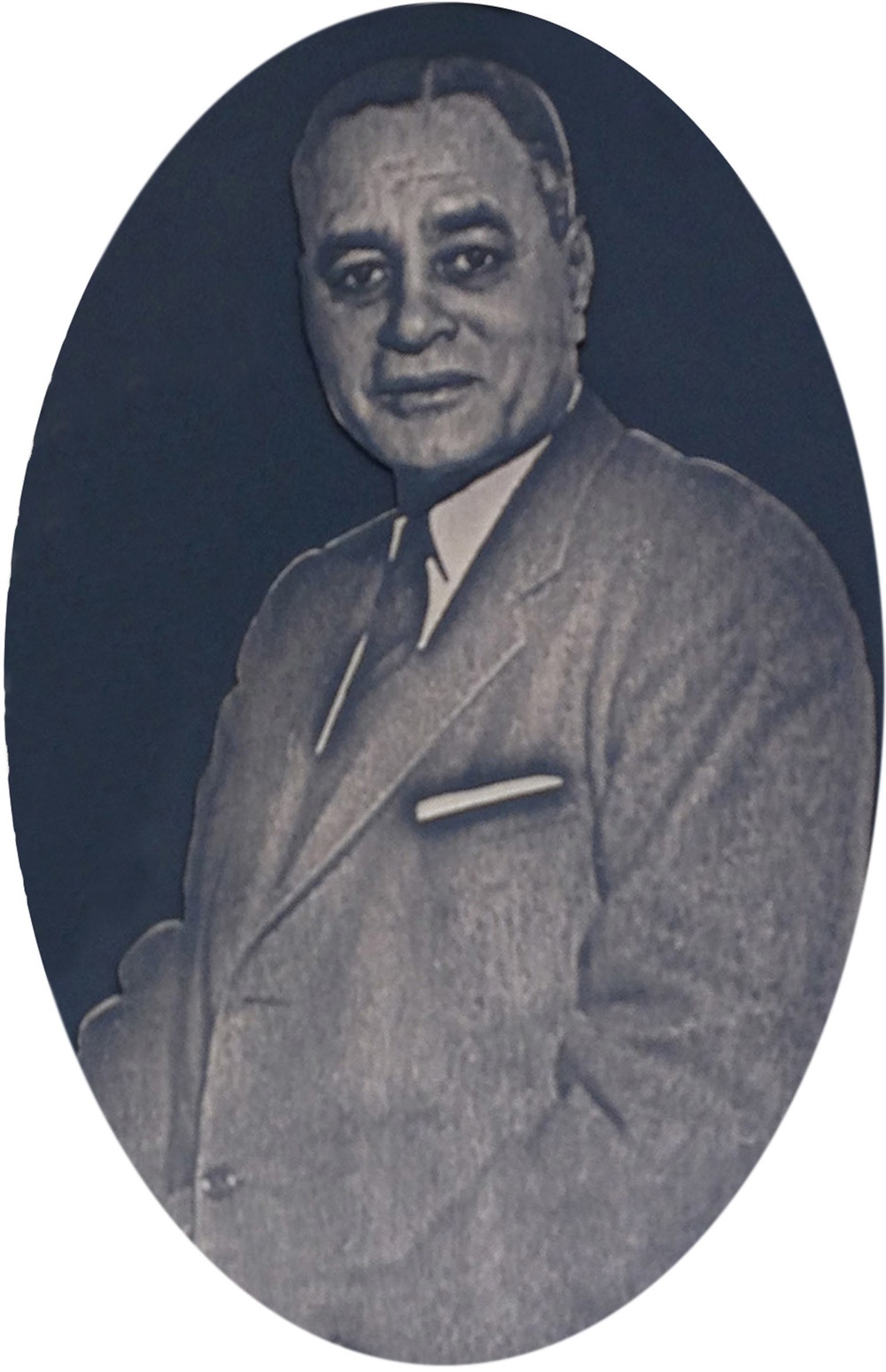
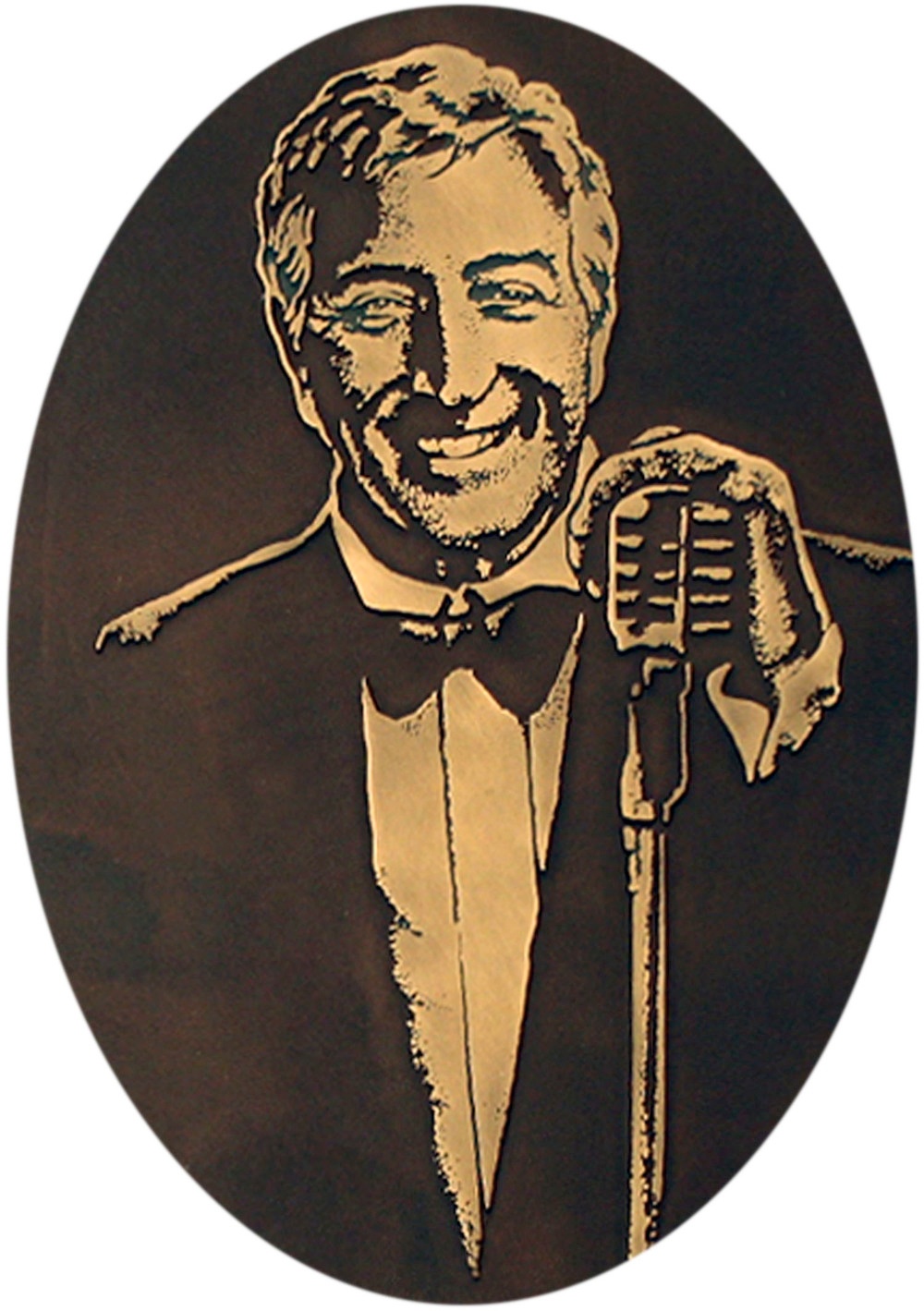
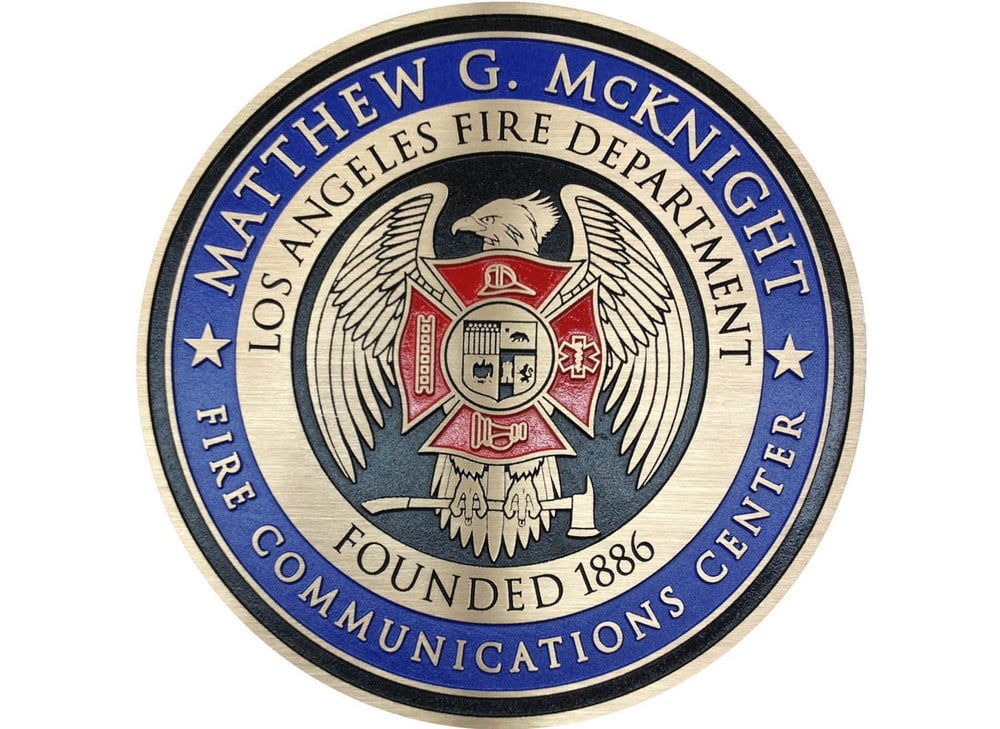

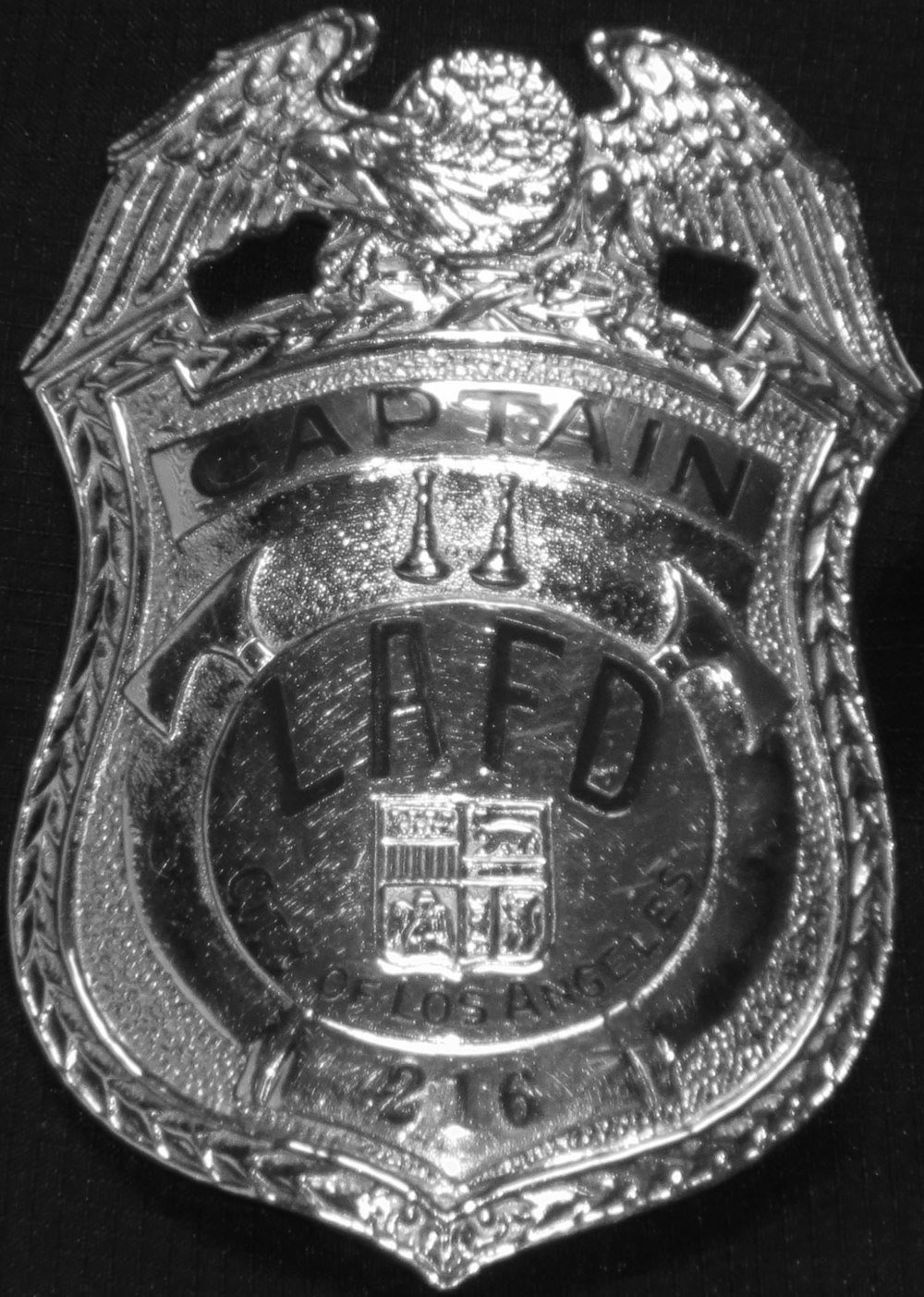 LAFD Badge, Photograph courtesy of the LAFD
LAFD Badge, Photograph courtesy of the LAFD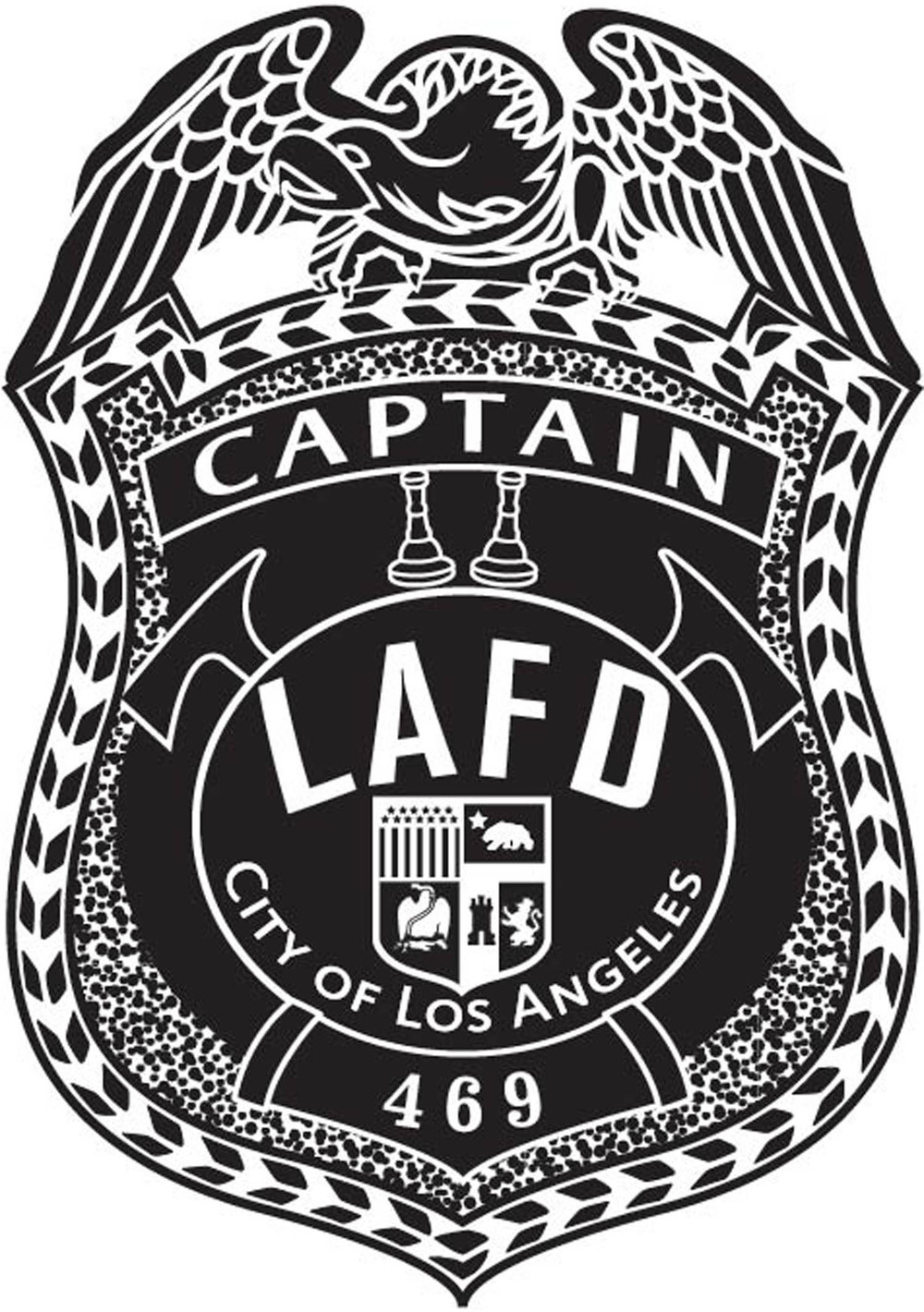 Studio Illustration with McKnight's badge number
Studio Illustration with McKnight's badge number
